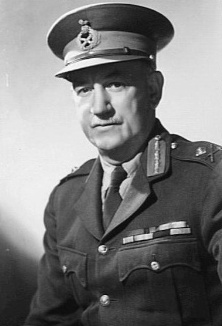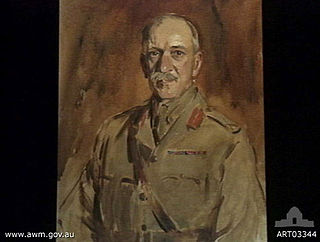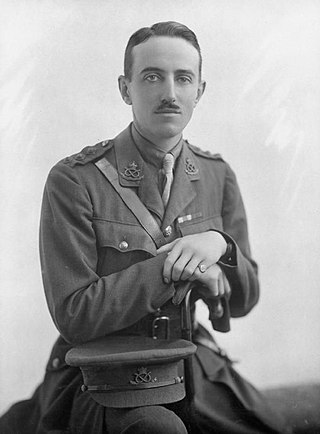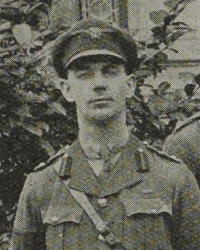
Lieutenant-General Sir Percy Henry Noel Lake, served as a senior commander in the British and Indian Armies, and in the Canadian Militia. He served during World War I.

Air Vice Marshal Sir Frederick Hugh Sykes, was a British military officer and politician.

Major General James Harold Cannan, was an Australian Army brigadier general in the First World War and the Quartermaster General during the Second World War.

Major General Thomas Henry Dodds, was an Australian Army colonel in the First World War. He was promoted major general in 1930 and retired in 1934.

General Sir Ashton Gerard Oswald Mosley Mayne, was a senior British Indian Army officer active in both the First World War and Second World War, where he commanded Eastern Command, India.

Major-General Charles John Sackville-West, 4th Baron Sackville, was a British Army general and peer who served throughout the First World War and reached the rank of major general. In 1919, he was British Military Representative on the Supreme War Council and from 1920 to 1924 he was military attaché in Paris. He inherited his title on 28 January 1928 on the death of his brother, Lionel Edward Sackville-West, 3rd Baron Sackville. He served as Lieutenant Governor of Guernsey.

General Sir Thomas Sheridan Riddell-Webster, was a British Army officer who served as Quartermaster-General to the Forces during the Second World War.

Major-General George Napier Johnston, was a senior officer of the British Army who served with the New Zealand Military Forces during the First World War.

Lieutenant-General Sir Gordon Nevil Macready, 2nd Baronet was a British Army officer who served as Assistant Chief of the Imperial General Staff during the Second World War.

General Sir Havelock Hudson, was a British Indian Army officer who served as General Officer Commanding 8th Division during the First World War.

Major General Graham Beresford Parkinson, was a professional soldier in the New Zealand Military Forces who served during the First and Second World Wars.

Brigadier General William Garnett Braithwaite, was a British Army officer who participated in the Boer War and the First World War.

Brigadier-General Harry Townsend Fulton, was a British Indian Army officer who served with the New Zealand Military Forces during the Second Boer War and First World War.
Major-General Hugh Edward Herdon CB CIE was a British Indian Army officer.
Brigadier-General Charles Ogston was a British Army staff officer.
Lieutenant-General Sir William Henry Goldney Baker was a British officer who served in the British Indian Army. Commissioned into the Indian Army in 1910, he served in France during World War I with the 34th Poona Horse and later the Cheshire Regiment, of which he was temporary commander of the 1st Battalion. Baker was mentioned in dispatches three times and awarded the Distinguished Service Order. In 1918 he fought the Marris in India with the 31st Duke of Connaught's Own Lancers. He then held a series of staff officer positions after the war before being promoted to lieutenant-colonel and receiving command of Probyn's Horse in 1935. He was promoted to the temporary rank of brigadier and commanded troops in action in Waziristan in 1936 and 1937, being again mentioned in dispatches. During World War II Baker was an aide-de-camp to King George VI and was promoted to the rank of lieutenant-general before retiring from military service in 1944.
Thomas James McCristell (1873–1946) was a professional soldier of the British and New Zealand Army, who served in India, South Africa who progressed through the ranks to become the Head of the New Zealand Army Ordnance Corps and New Zealand Army Ordnance Department on their formation in 1917.

Major-General Robert Francis Brydges Naylor, was a general officer in the British Army. During the Second World War he was Major-General in charge of Administration at the War Office from 1939 to 1941, Deputy Quartermaster-General from 1941 to 1943, Vice Quartermaster-General from 1943 to 1944, and Commander of the Line of Communications of the 21st Army Group in the North-West Europe Campaign of 1944–45.
Lieutenant-General Sir Herbert Campbell Holman was a British officer of the Indian Army who served mostly in staff appointments.
The 1919 King's Birthday Honours in New Zealand, celebrating the official birthday of King George V, were appointments made by the King on the recommendation of the New Zealand government to various orders and honours to reward and highlight good works by New Zealanders. They were announced on or dated 3 June 1919.














